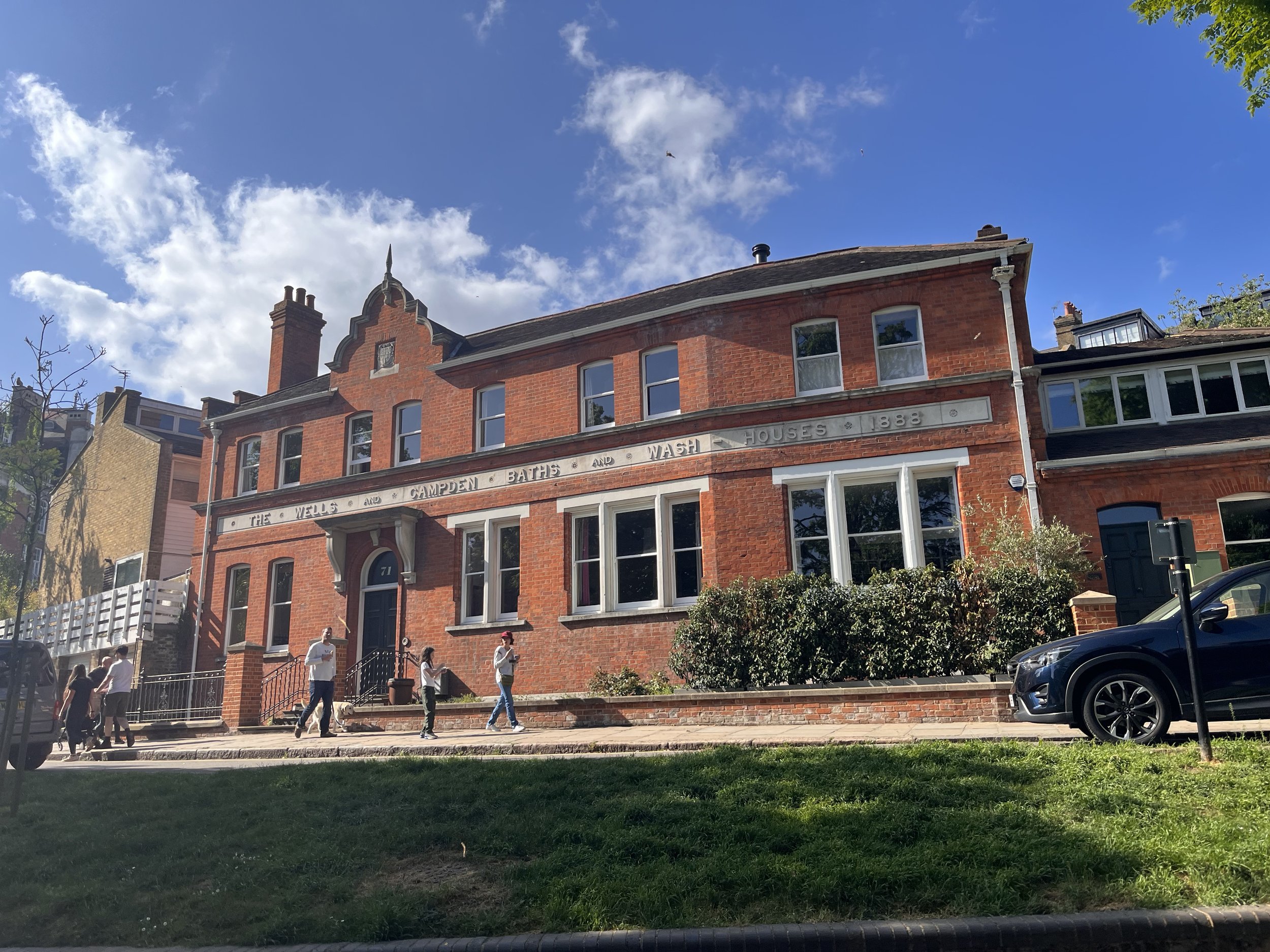The first day I arrived in London, I tried to use an old ten pound note to buy a travel card from a small shop. I had saved the note from my last trip to London, which was 15+ years ago.
The shop owner told me the bill was no longer good. He couldn’t accept it.
I thought that a bit strange but kept going with my day, not dwelling too much on it.
It wasn’t until today, standing in front of the original Lloyds of London on Fleet Street, the epicenter of financial commerce in the capitol city of England, that the strangeness of that event truly struck me.
Everything has an expiration date - even money. Everything.
Can you grasp the implications of that? Money expires… like old milk.
Use it or lose it. It all falls away.
I get the whole generational wealth thing — that’s fine. But I feel like this was a big sign — you can’t take it with you. Life is a one way street. Money, like everything else, is ephemera. Use it wisely, but don’t expect to last forever.
In my experience…
Personal history is a one-way street, as well — it need only go in one direction.
No, history doesn’t repeat itself, but yes, it does rhyme. Still, need we try to repeat it by re-visiting these places we have already been?
This is something I have done many times - revisiting places I had a good time, seeking a resurgence of the old feelings I had once before. One could argue I’m doing it right now, coming to London, where I had many good times back in my youthful visits to this amazing city. But there’s something missing now. Me. I’m different. I’m not the person I was, and never will be again.
That’s one of the interesting things about travel — the person who leaves is never really the same person to arrive. The very act of traveling changes you.
Time is a one way street. It’s the universe’s way of telling us that you can never go back. Home was destroyed for you the day you left it.
This should never make one feel upset because there are so many places in the world to explore. You have to just keep going keep going keep going keep going.









